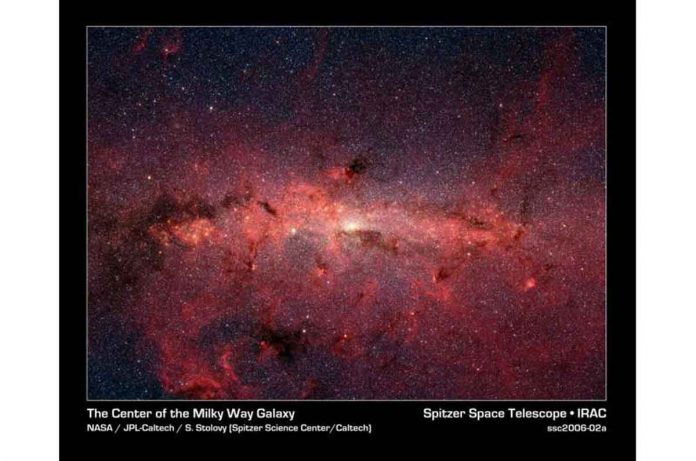We have developed a new method for searching for carbon compounds in space, similar to how oil is discovered on Earth. Our method was published in the Royal Astronomical Society’s Monthly Notices.
Huge amounts of interstellar gas and dust exist between the stars, spread thinly across our galaxy. Carbon compounds may be present in the dust. When this occurs, it is referred to as carbonaceous interstellar dust. This is a significant organic material reservoir in space. The continuous exchange of material between stars and gas in our galaxy’s interstellar medium results in the delivery of organic molecules to newly forming planetary systems.
Prebiotic molecules, a subclass of organic molecules, are thought to have played an important role in the formation of life on Earth. Such prebiotic molecules are most likely preserved in carbonaceous interstellar dust that forms planetesimals during the early stages of planetary formation. The chemical composition of such environments may determine the planet’s suitability for life formation. To investigate this possibility further, it is critical to understand the life cycle of carbonaceous interstellar dust.
Hydrocarbon molecules, a type of organic molecule, can be useful in this regard. Aliphatic and aromatic hydrocarbons—molecules made up of chains and/or rings of carbon atoms—make up a significant portion of crude oil on Earth, which was formed beneath the Earth’s crust from the residuals of living organisms.
Some aliphatic hydrocarbons found in oil molecules are also required by living organisms. They are especially interesting for interstellar medium studies because they produce significant features in the infrared region of the spectrum, which astronomers can then measure with infrared telescopes.
Previously, we created laboratory analogs of carbonaceous interstellar dust by simulating interstellar medium conditions in our laboratory at the University of New South Wales in Australia. The absorption coefficient of the aliphatic hydrocarbons in these interstellar dust analogs was then measured and combined with data from the UKIRT telescope in Hawaii. We discovered a large amount of aliphatic hydrocarbon material trapped within interstellar dust.
Now, we’ve developed a new observational method for mapping the amount of aliphatic hydrocarbon through dusty sightlines to the centre of our galaxy, and we’ve applied it to another field in the galactic disc. The maps produced revealed the distribution of hydrocarbons in the interstellar medium. We discovered that at least 20% of cosmic carbon is concealed in the oily component of interstellar dust. As a result, it serves as an important reservoir for organic material in the galactic disc.
This method could be expanded to include ice and silicate features in the dust as well as aliphatic hydrocarbons using the James Webb Space Telescope in space, where the features can be measured far better than from the ground. Now that we can observe objects ranging from planet-forming discs to distant galaxies, we may be able to trace the cycle of organic material in interstellar space. The method’s future applications may improve our understanding of the distribution of organic and prebiotic material in our galaxy and others.

